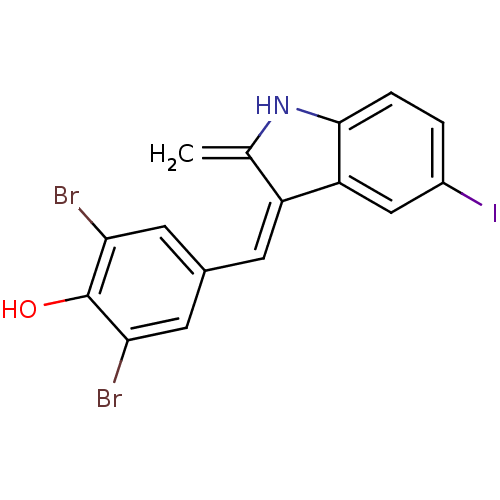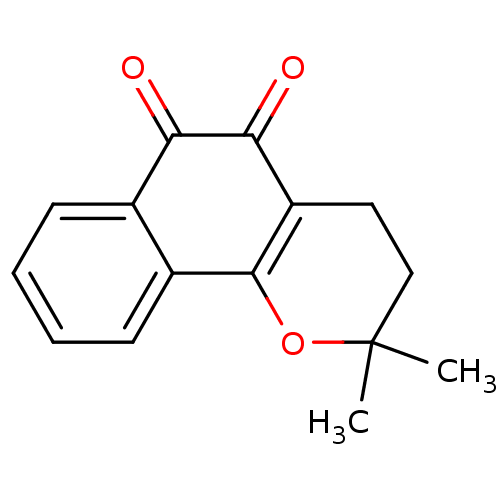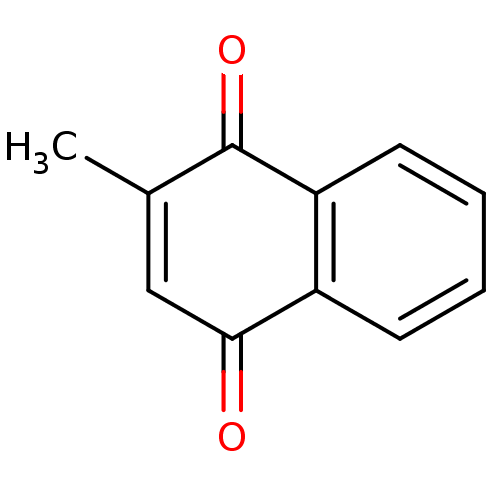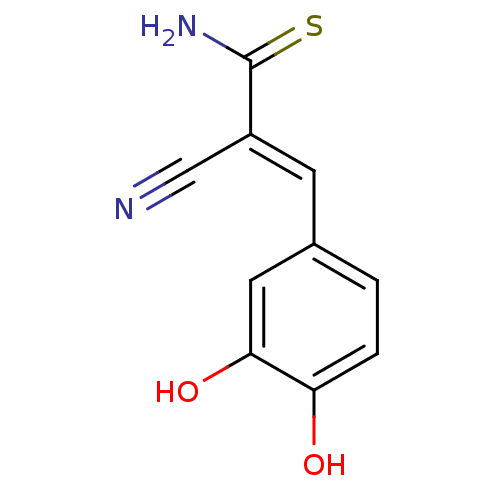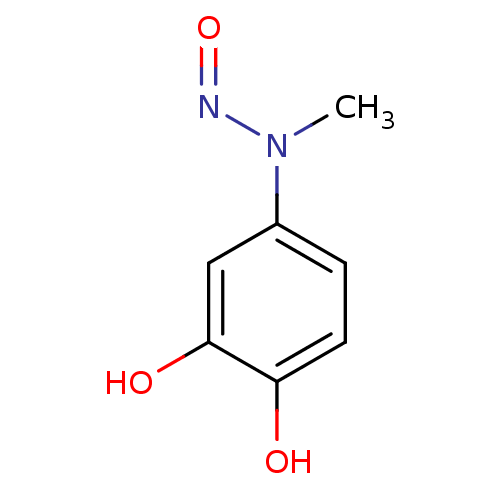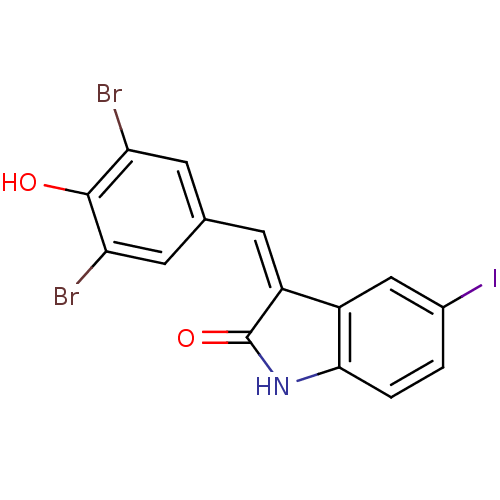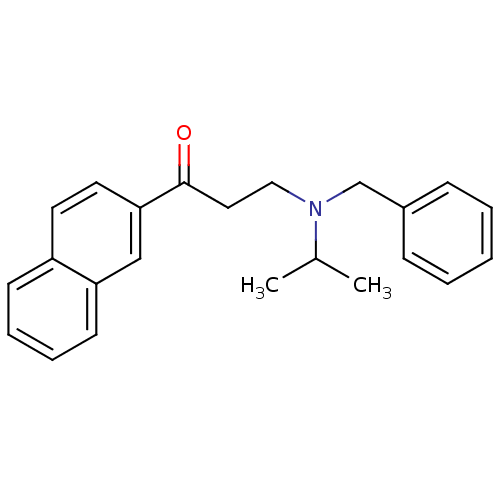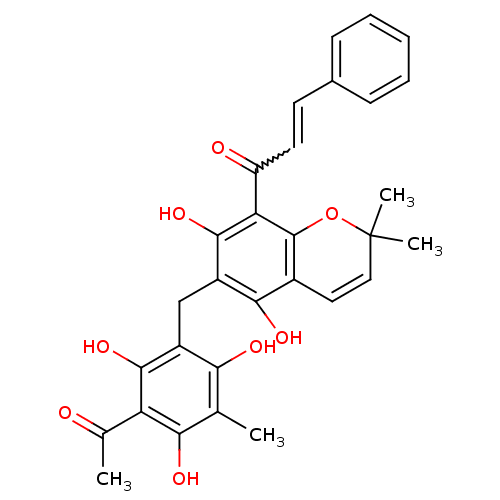TargetProtein-glutamine gamma-glutamyltransferase 2/Tyrosine-protein kinase JAK3(Homo sapiens (Human))
Duke University Medical Center
Duke University Medical Center
Affinity DataIC50: 10nMT: 2°CAssay Description:In order to eliminated fluorescence interference, chemicals were subjected to a secondary screening using colorimetric BP incorporation assay. TGase...More data for this Ligand-Target Pair
TargetM-phase inducer phosphatase 1/Protein-glutamine gamma-glutamyltransferase 2(Homo sapiens (Human))
Duke University Medical Center
Duke University Medical Center
Affinity DataIC50: 1.00E+3nMT: 2°CAssay Description:In order to eliminated fluorescence interference, chemicals were subjected to a secondary screening using colorimetric BP incorporation assay. TGase...More data for this Ligand-Target Pair
TargetProtein-glutamine gamma-glutamyltransferase 2(Homo sapiens (Human))
Duke University Medical Center
Duke University Medical Center
Affinity DataIC50: 1.80E+3nMT: 2°CAssay Description:In order to eliminated fluorescence interference, chemicals were subjected to a secondary screening using colorimetric BP incorporation assay. TGase...More data for this Ligand-Target Pair
TargetProtein-glutamine gamma-glutamyltransferase 2(Homo sapiens (Human))
Duke University Medical Center
Duke University Medical Center
Affinity DataIC50: 2.20E+3nMT: 2°CAssay Description:In order to eliminated fluorescence interference, chemicals were subjected to a secondary screening using colorimetric BP incorporation assay. TGase...More data for this Ligand-Target Pair
TargetProtein-glutamine gamma-glutamyltransferase 2/Receptor protein-tyrosine kinase(Homo sapiens (Human))
Duke University Medical Center
Duke University Medical Center
Affinity DataIC50: 3.00E+3nMT: 2°CAssay Description:In order to eliminated fluorescence interference, chemicals were subjected to a secondary screening using colorimetric BP incorporation assay. TGase...More data for this Ligand-Target Pair
TargetProtein-glutamine gamma-glutamyltransferase 2(Homo sapiens (Human))
Duke University Medical Center
Duke University Medical Center
Affinity DataIC50: 5.00E+3nMT: 2°CAssay Description:In order to eliminated fluorescence interference, chemicals were subjected to a secondary screening using colorimetric BP incorporation assay. TGase...More data for this Ligand-Target Pair
TargetProtein kinase C alpha type/glutamine gamma-glutamyltransferase 2(Homo sapiens (Human))
Duke University Medical Center
Duke University Medical Center
Affinity DataIC50: 1.50E+4nMT: 2°CAssay Description:In order to eliminated fluorescence interference, chemicals were subjected to a secondary screening using colorimetric BP incorporation assay. TGase...More data for this Ligand-Target Pair
TargetProtein-glutamine gamma-glutamyltransferase 2/Receptor-type tyrosine-protein phosphatase eta(Homo sapiens (Human))
Duke University Medical Center
Duke University Medical Center
Affinity DataIC50: 1.80E+4nMT: 2°CAssay Description:In order to eliminated fluorescence interference, chemicals were subjected to a secondary screening using colorimetric BP incorporation assay. TGase...More data for this Ligand-Target Pair
TargetProtein kinase C alpha type/glutamine gamma-glutamyltransferase 2(Homo sapiens (Human))
Duke University Medical Center
Duke University Medical Center
Affinity DataIC50: 2.00E+4nMT: 2°CAssay Description:In order to eliminated fluorescence interference, chemicals were subjected to a secondary screening using colorimetric BP incorporation assay. TGase...More data for this Ligand-Target Pair

